
- cart Free Trial
Book your Bespoke Consultation Now! Book Consultation
CHANGING THE NARRATIVE

Pilates is often described as an exercise system that will develop core strength, improve flexibility and restore balance within the body. This is all true, but it doesn’t describe what exactly it involves. Pilates has many functions and benefits. But the heart of it comes down to these two areas.
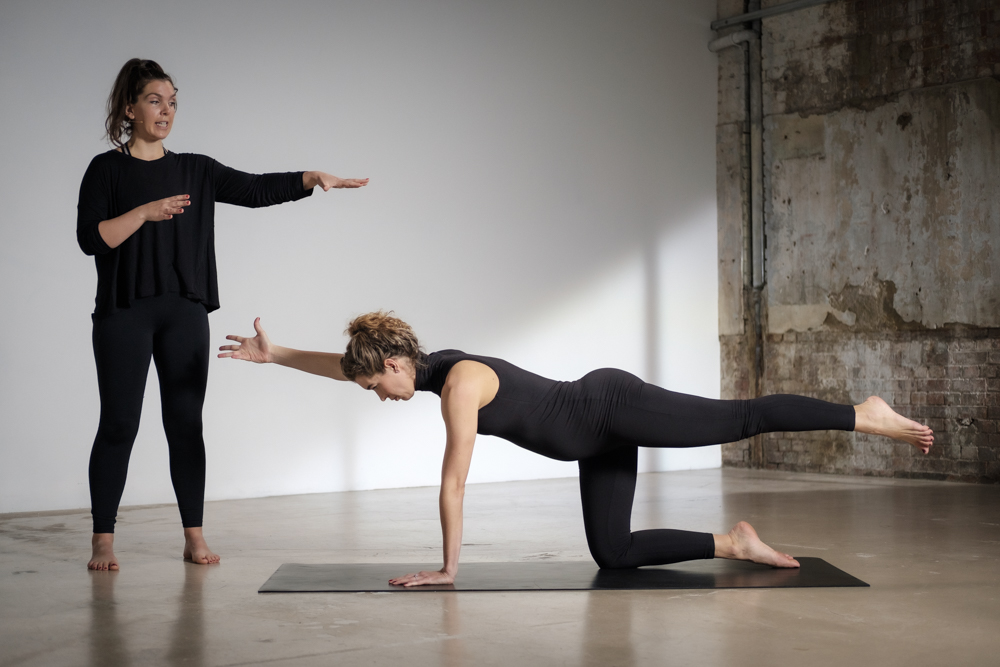
Why? – The core connects the top and bottom half of the body, left and right. This means that any movement on the top half of the body affects the bottom half and any movement on the left side, requires support from the right.
For example, imagine performing a bicep curl. If the pelvis/hips aren’t stable, the back is at a much higher risk of injury. And without stabilising the shoulders, you’ll completely bypass your biceps. This could lead to unnecessary strain on the neck, shoulders and back.

The spine is the centre of the skeleton. Without sufficient strength, it can’t support itself in everyday life. Let alone under the stress of additional weight. It is also the home to the central nervous system, the link between the body and the brain. If an area of the spine becomes injured, information between the body and brain cannot be shared. Some of the repercussions this can lead to are physical pain and loss of sensations.
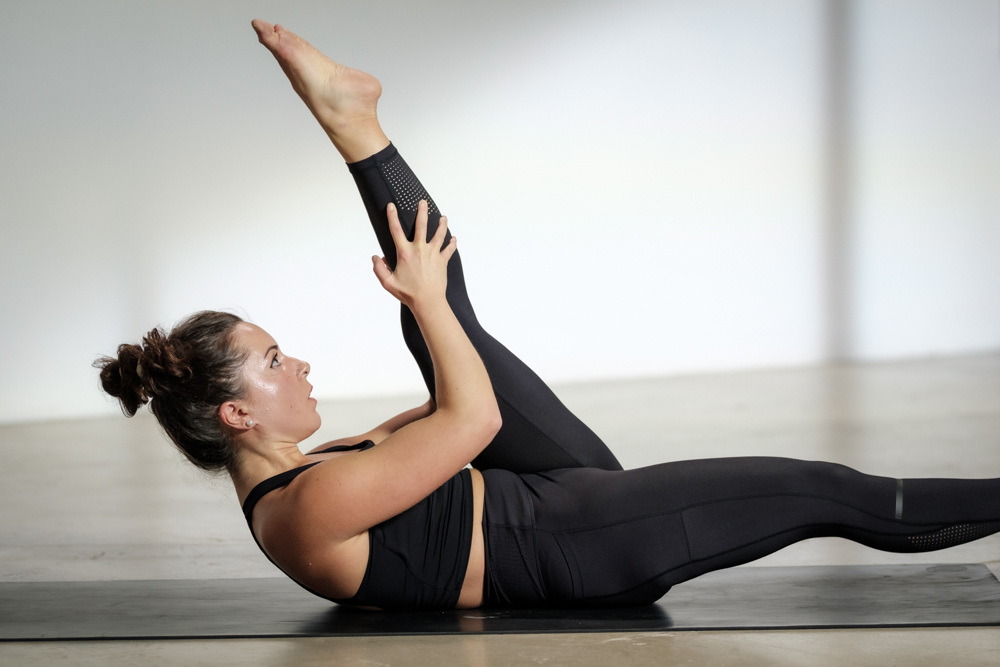
Why? – We’ve established that a strong core is important. Once we’ve built that strength what do we do with it? Is there any point in having strength if you can’t move freely?
The spine is made up of multiple small bones, called vertebrates, each have a gummy disc between them to absorb shock and allow for spine movement. If it was built to be rigid, the spine would be one long, hollow bone, right? Therefore, regular movement in all possible directions will lead to a healthier spine and will decrease the risk of injury.
If you are new to Pilates or have any prior spine injuries, I’d recommend getting professional advice. The spine is fragile and may not be ready for certain movements straight away.
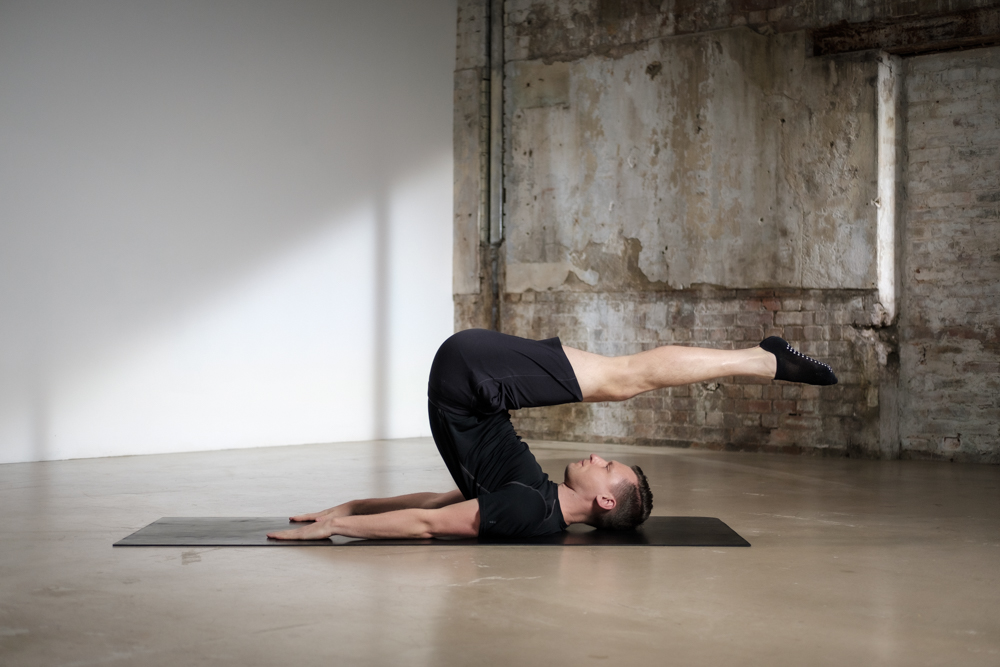
The spine moves in four directions. When standing upright:
Instructors will often use the term ‘articulate’ your spine, which means to move the spine bone by bone.
For example, when moving from standing into a forward fold, visualise a strip of wallpaper peeling off of a wall. It will peel from top to bottom, and the same applies with the spine. Lead with the top of your head, lowering your chin to your chest. Then allow your spine to bend forward slowly, until you are folded over your hips. (This is an example of a spinal flexion exercise.) The same goes when twisting from side to side. Start by turning your head to the side, without moving your hips. See how far you can twist your body around whilst standing or sitting tall.
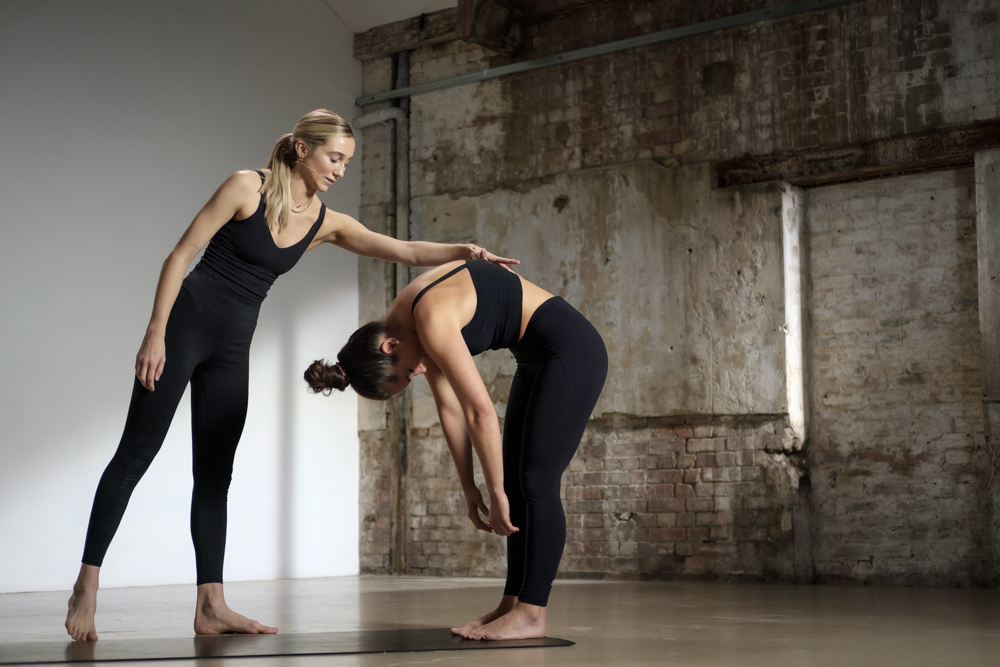
The human body houses hundreds of joints, that allow for movement in many ways. In a way, humans are BUILT for movement. However, the saying ‘use it or lose it’ applies to physical potential too…
Pilates truly is a practice for every single body, here’s a few reasons why:
Pilates teaches movement within a safe range, decreasing risk of hyper-mobility (excessive range of a joint) and injury.
It focuses on increasing the length of a muscle as well as strengthening, which – as we’ve already discussed – gives us better control of our bodies. This allows us to move better in our day to day lives.
It’s low impact, therefore safe for joints.
It’s adaptable for individual needs. Some exercises may be a definite no for certain bodies. But I’m confident there are many exercises that can be adapted to reach different outcomes. E.g. criss cross (a.k.a. bicycle crunches) – someone with back pain may require keeping one foot on the floor, instead of extending one leg in the air. Whereas someone with gripping hip flexors may benefit by digging their heels into the floor the entire time to activate the back of their legs instead of the front.
Pilates sits in the ‘Mind Body’ category, meaning it requires total mental engagement to get the most out of it. Within a few sessions, you’ll know where your strengths and weaknesses lie, and the habits that have bought on those weaknesses too, making it easier to improve. It’s the education of your body. Meaning you can be more mindful and approach other types of training in a more intelligent way.
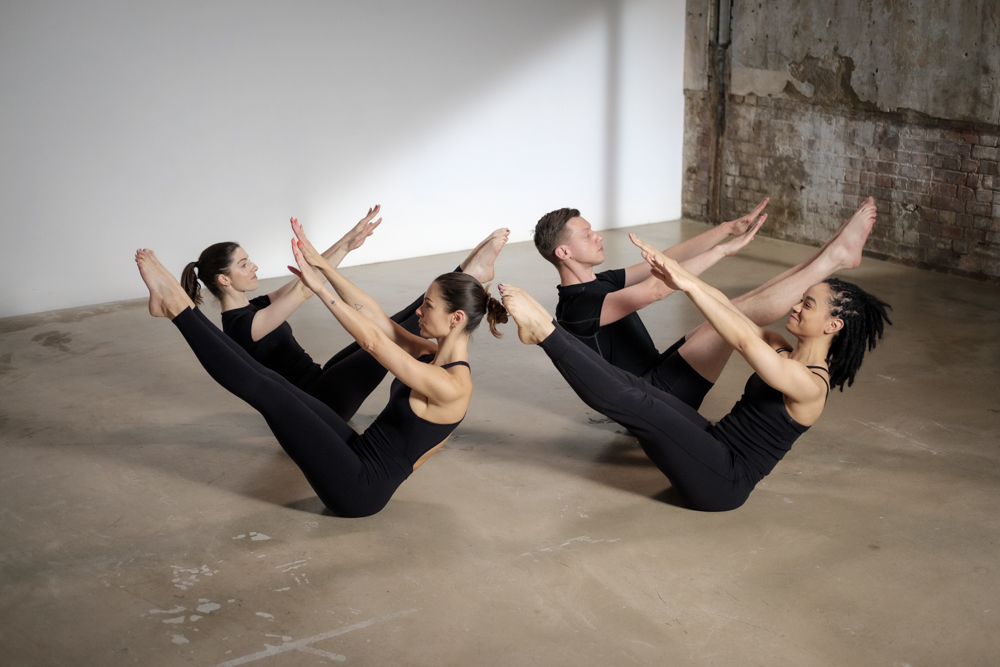
Pilates is becoming increasingly popular. There are many types of classes and instructors may teach something different, based on their own teacher training and experience. There are teachers that stay true to Classical Pilates (the original exercises developed by creator Joseph Pilates), teaching low reps, with a strong focus on precision. Whereas others may use Pilates principles to teach a fitness-based workout, increasing the repetitions and varying the exercises. Depending on what you want Pilates to help you with, there is a style and an instructor out there that will suit you.
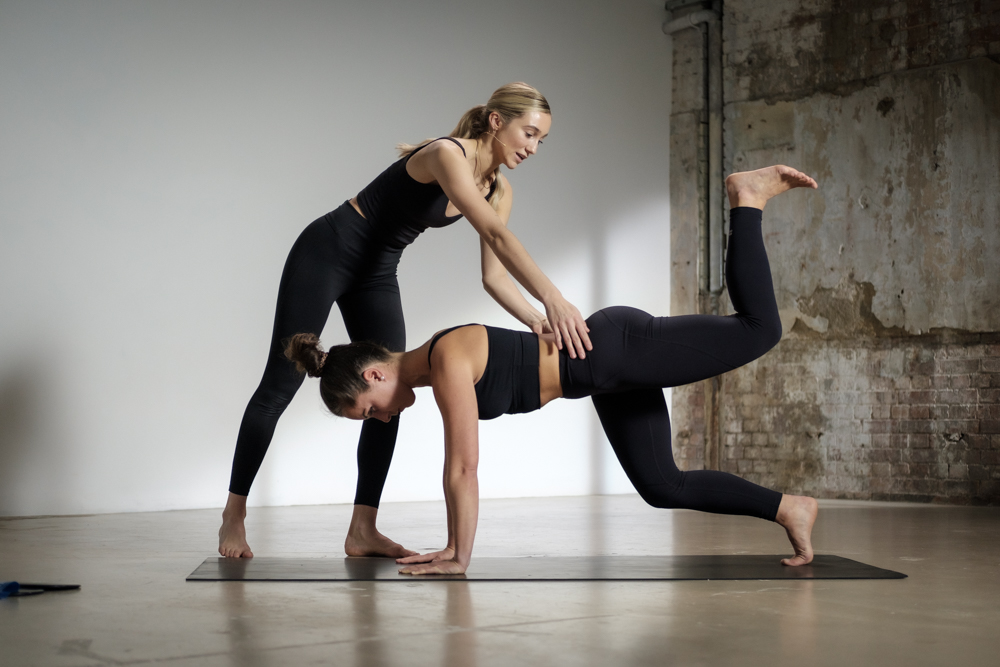
We’ve established it can be used as a workout, but Pilates is also great for physical maintenance and recovery. If you are working towards specific fitness goals, events, and already have an intense workout routine, Pilates can be used to give your body much of what is missing from your usual training.
If you are someone that plays tennis often, it’s likely you’ll have one side stronger than the other. That stronger side may become tighter, causing a slight shift in your posture. Over time, this might start putting pressure on your lower back, hips, knees… and so on. This is also relevant if you cross one leg over the over when seated. Pilates will help correct imbalances to avoid putting pressure on one side.

A Body Forever has a lot of different types of Pilates classes taught by various instructors, available to try from home – right here, right now! If this read has tickled your interest, I can’t recommend following through.
–
Don’t forget to tag us on IG to let us know how it goes!
